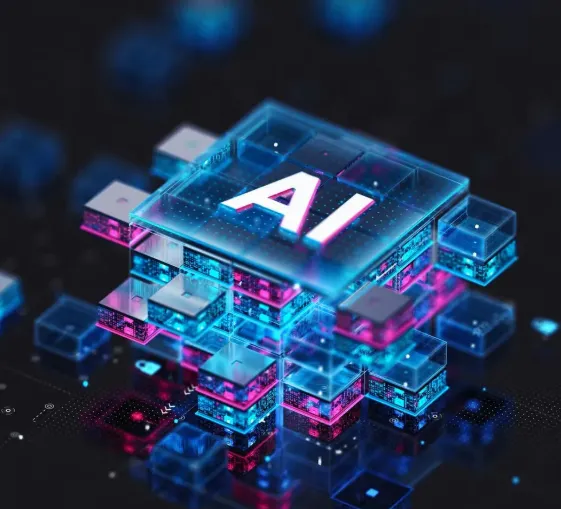Campus safety has become a critical concern for students, staff, and parents alike, with security threats on the rise and becoming more complex. As campuses grow larger and more dispersed, ensuring safety becomes an increasingly difficult task. In response to these challenges, AI-powered technologies are revolutionizing how security is managed and improving safety measures in educational institutions. This article explores how AI-driven solutions can transform campus security and create safer learning environments.
The Growing Security Challenges on Campus
Today’s schools, colleges, and universities face a range of security challenges that can compromise the safety of students and staff. Some of the key risks include:
- Active shooters and violent incidents
- Petty crimes like theft and vandalism
- Mental health-related incidents
- Weather-related emergencies
- Safety during large events and gatherings
The scale and complexity of modern campuses often make it difficult to monitor and manage security effectively. Many campuses are large, bustling with activity, and spread out across multiple locations, which can further complicate security efforts.
Why Securing Campus Safety Matters
Implementing an effective security system has far-reaching benefits that go beyond merely protecting people from harm. A reliable security solution fosters a sense of reassurance among students, staff, and visitors, helping maintain their mental well-being. A secure environment also enables students to focus on their studies without distractions or concerns, contributing to their academic growth.
Key benefits of improved campus security include:
- Deterrence of criminal activity
- Better management and identification of visitors
- Early detection of potential threats
- Streamlined emergency response systems
- Protection from financial and property loss
- Enhanced confidence and peace of mind for everyone on campus
- An environment more conducive to learning and academic success
- Improved reputation for the institution
The Limitations of Traditional Security Measures
Traditional security methods, such as manual surveillance and reliance on human judgment, often fall short in today’s fast-paced, large-scale environments. Security operators may miss subtle signs of potential threats, and local storage systems are prone to reliability issues, which can slow down the retrieval of important footage. These traditional approaches are also resource-intensive, requiring a large amount of manpower to monitor and manage security.
AI-powered security systems address these issues by offering several significant advantages:
- Enhanced accuracy and reliability in threat detection
- Streamlined data management with cloud-based storage
- Cost-effective solutions that reduce the need for large security teams
- Scalable technology that can grow with the campus’s needs
AI in Action: Key Technologies for Campus Security
Pattern Recognition and Behavioral Analytics
One of the core capabilities of AI surveillance systems is pattern recognition. By analyzing the behavior of individuals and groups, these systems can detect suspicious activities and predict potential threats. For example, AI can identify:
- Unusual behavior such as loitering in restricted areas
- Erratic movements that may indicate distress
- Potential security risks before they escalate
This proactive approach helps security teams respond swiftly and prevent incidents from occurring.
Machine Learning
Machine learning enables AI systems to continuously learn from the data they process, improving their accuracy and effectiveness over time. As the system analyzes more data, it can identify patterns, recognize anomalies, and adapt to emerging threats. The benefits of machine learning in campus security include:
- Faster threat detection by processing large volumes of data
- Fewer false alarms, ensuring security personnel focus on genuine threats
- Continuous improvement of system performance as it learns from past events
Active Monitoring and Real-Time Threat Detection
Active monitoring technologies provide real-time surveillance and instant alerts for security personnel. Key features of these systems include:
- Instant threat alerts, allowing for immediate action to be taken
- 24/7 surveillance without human fatigue, ensuring no critical moments are missed
- Seamless integration with existing security infrastructure
AI systems can monitor multiple surveillance feeds simultaneously, ensuring a comprehensive approach to campus security that doesn’t rely on human attention alone.
Transitioning to AI-Driven Surveillance
The shift to AI-enhanced surveillance represents a fundamental change in how campus security is managed. Modern AI systems do more than just record footage—they analyze it in real time, offering actionable insights that can help prevent incidents before they happen. These advanced systems can be easily integrated into existing security frameworks with the help of skilled system integrators, ensuring smooth implementation and maximum performance.
Conclusion: A Safer Future for Campuses
By adopting AI technologies such as pattern recognition, behavioral analytics, machine learning, and active monitoring, educational institutions can drastically improve their security measures. With the help of professional system integrators, campuses can create a more secure environment for students, faculty, and staff, ensuring that everyone feels safe and confident on campus.
AI-driven security solutions offer a powerful, scalable, and cost-effective way to protect campuses and foster a positive learning environment, preparing educational institutions for the future of campus safety.







